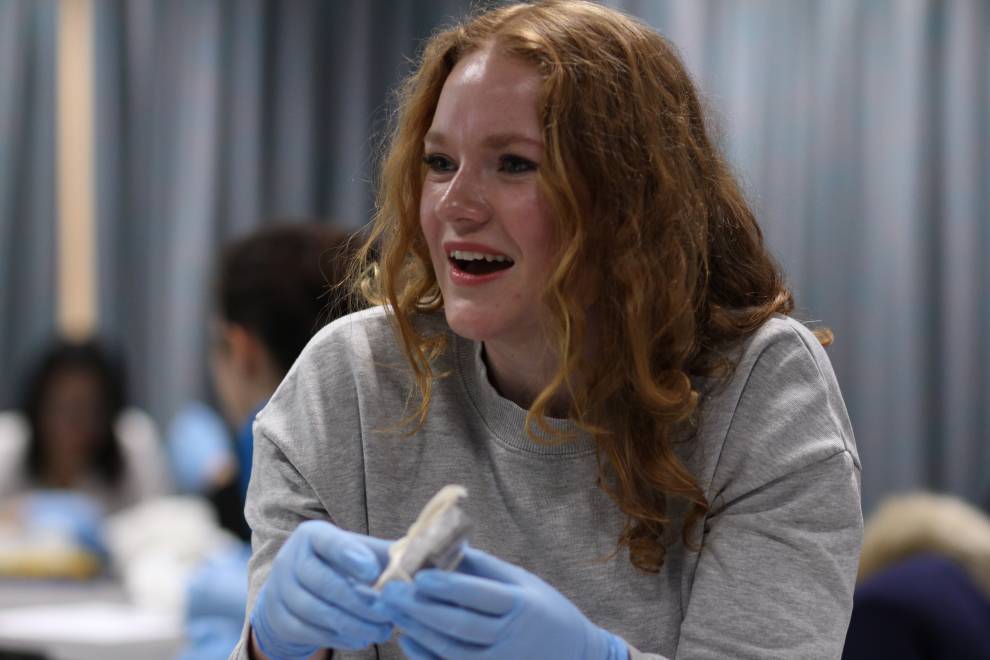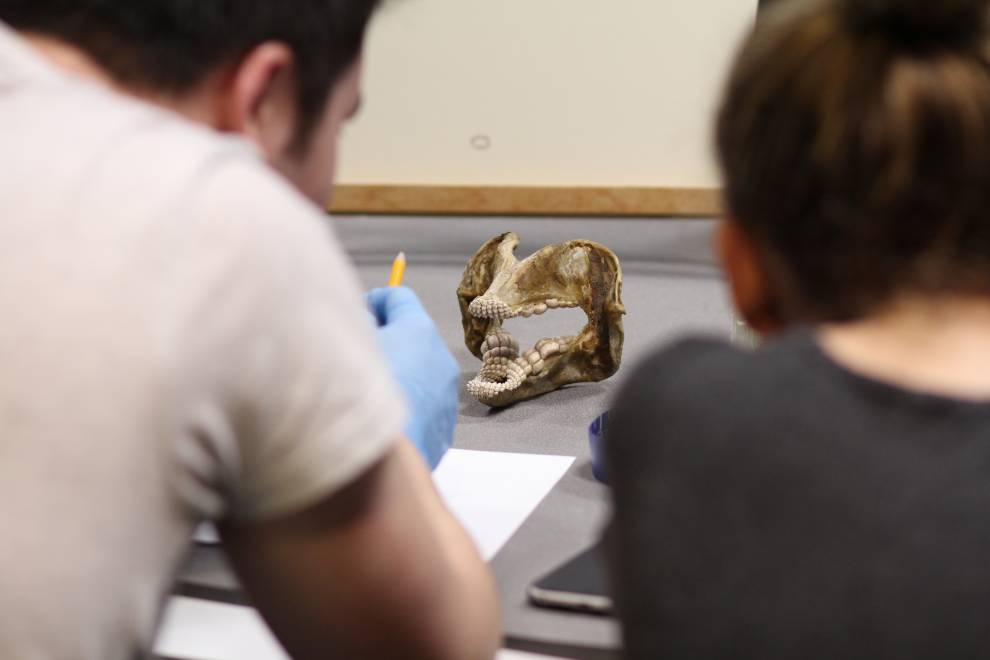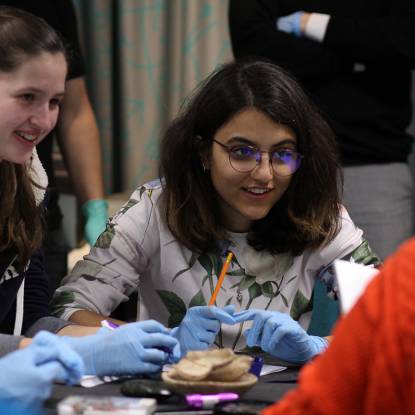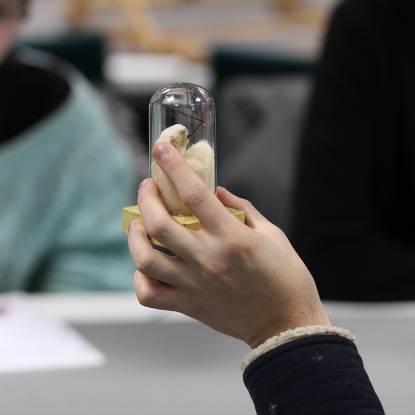
In recent years, pioneering research into the value of object-based learning (OBL) in a higher education context has been undertaken at University College London. This research was prompted by the observation that whilst a rich literature on the use of collections in museum and gallery education existed, little had been written on the particular benefits of this method of learning for university programmes – despite universities holding large and unique collections of art works, manuscripts, specimens, rare books and artefacts.
In response, Dr Helen Chatterjee, and her colleagues Dr Rosalind Duhs, Dr Leonie Hannan and Dr Thomas Kador, have developed a programme of research dedicated to uncovering the ways in which museum collections can enhance learning for undergraduate and postgraduate students.
This research is strongly linked to pedagogies of active and experiential learning, which sees hands-on engagement with the object of study as key to personal meaning-making and the long-term retention of ideas. The research uses a variety of methods including surveys, semi-structured interviews, focus groups and observations.
Benefits of using real objects in learning
- They provide a direct link with a topic or 'the past' and can really enhance young people's interest in and understanding of a topic/subject
- They encourage learners to use all their senses - especially touch, sight and smell
- They help to develop the important skill of drawing conclusions based on an examination of evidence, together with an understanding of the limitations and reliablility of evidence
- They are ideal for generating group and class discussion
- They promote the value of museums and encourage young people to visit museums and galleries with their families to further their learning
 Close
Close




